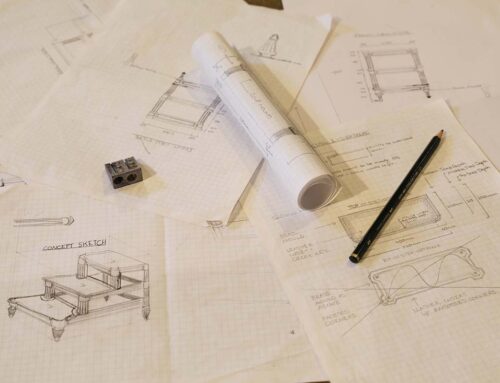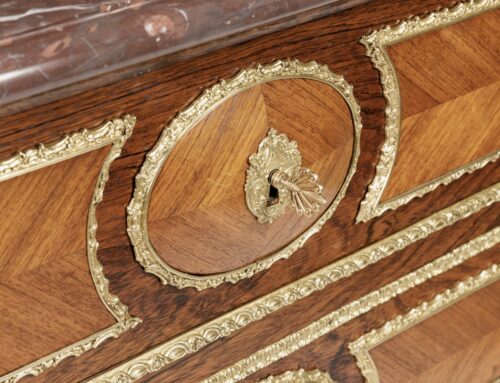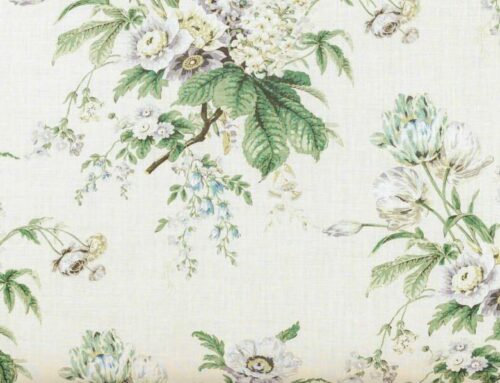There are some pieces of antique furniture so inspiring, so magnificent in their construction and fine in their detail that to label them merely antique furniture would be to deny the artists responsible for their creation. The great makers of the 18th and 19th century – Jean Henri Riesener, Francois Linke, Mellier, Thomas Hope to name but a few, were some of the most skilled artisans in the world. They sat at the pinnacle of manufacture, where the hand-skills and materials of the 18th century combined with the machinery of the industrial revolution to produce some of the most breathtaking sculpture and furniture ever made.
These pieces are rare, difficult to find and and as caretakers, it is our job to ensure their preservation into the future. For after all, if we do not know from where we have come, then how can we possibly know where we are to go next?
Here we have produced three short videos that show the transformation of three outstanding quality pieces of antique furniture, two of which are undoubtedly made by one of the famous makers of the 19th century. Restored by hand using traditional techniques, we discovered that each of these pieces retained its original gilt completely masked under many, many years of dirt. Watch how these items have transformed and had new life and loved breathed into them.
This card table is likely by Holland & Sons, the famous English designer and cabinetmaker whose Day Books are now housed in the Victoria & Albert Museum. Holland & Sons designed and manufactured fine quality furniture during the mid, to second half of the 19th century. Other than the exquisite inlay in the top, this card table has one other highly unusual feature and that is the use of solid tulipwood in the legs. Imported from Brazil, it was a very rare and expensive exotic timber during the 19th century. Very dense and therefore expensive and difficult to carve, it was used mainly for veneers for high quality luxury antique furniture. It is a mark of the quality of this table, and perhaps who it may have been made for, that solid tulipwood has been used for the carcass.






